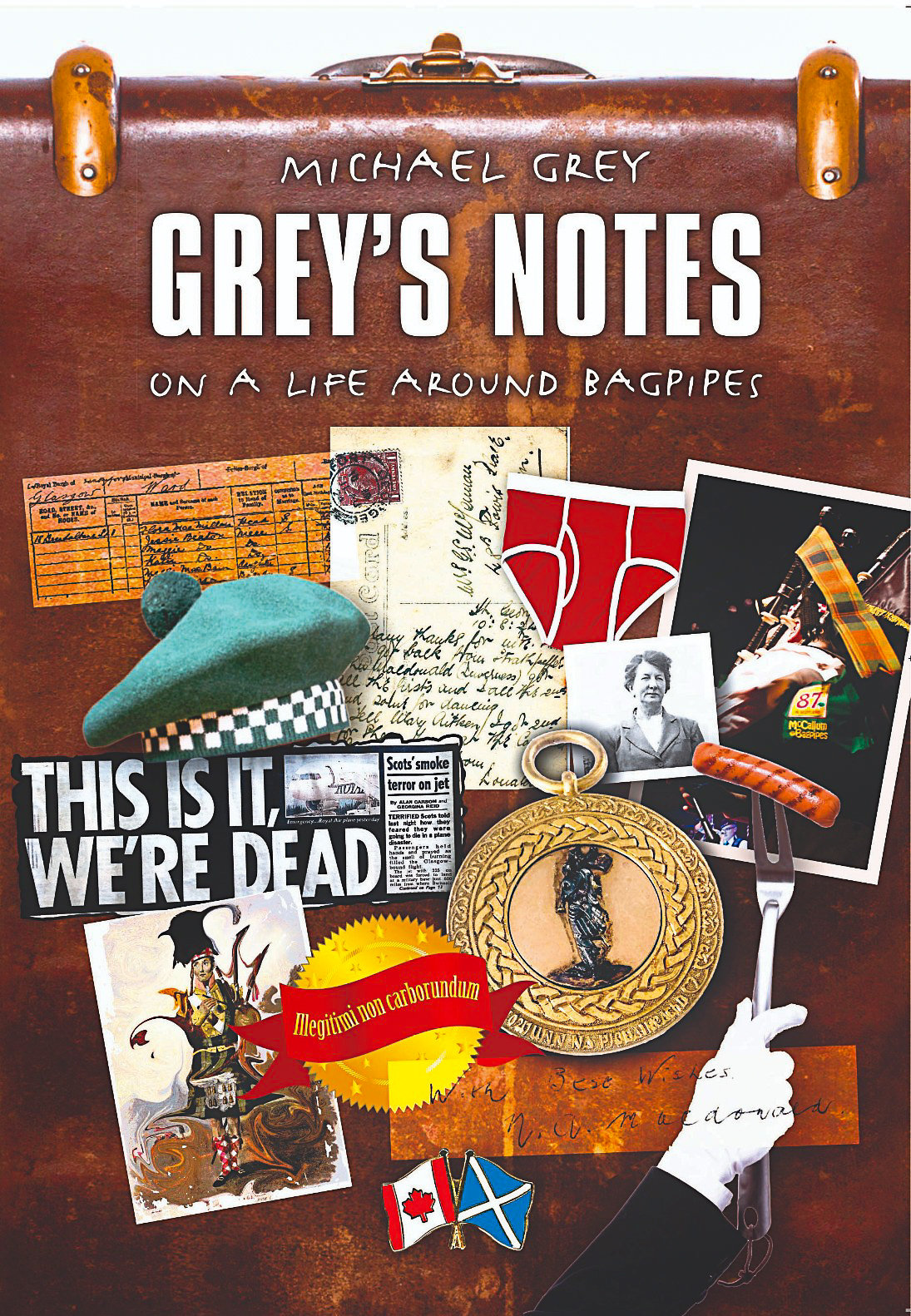Bagads: The Long and Short of It
February 15, 2010 on 8:17 pm by Michael Grey | In Music, News, Pipe Bands | 2 CommentsYesterday morning I dragged my ass out of bed and caught most of the bagad performances from the season’s first bagad championship. The camera work wasn’t especially sophisticated but the sound seemed pretty good and I was really thankful that a TV network in France opted to stream the contest live. Very, er, tres cool.
Streaming the contest live was a great coup for Breton – and, let’s be honest – French cultures [tip for the for the uninitiated: in Brittany, “Breton” and “French” culture are not viewed interchangably].
Performances were around 10 minutes in duration. That’s an eternity in pipe band terms but pretty reasonable in the creative, exciting and free-wheeling world of the bagad.
A few observations here relative to our little pipe band world:
Stagecraft: I can’t think of a pipe band anywhere that bests the stage presence of any of the bagads we saw yesterday (and those presented were all part of the premier bagad grade – grade one to us). Although, to be fair, I found the constant licking of reeds by the bombarde players kind of gross – if not off-putting. I’d rather see a bombarde player’s back then have to see a gobbled reed.
Musicianship: Generally speaking, bagads have us over a cider barrel when it comes to understanding music theory and applying a few of its possibilities. For instance, standard throughout the contest was the mid-performance exchange of different pitched bagpipes. Harmony, too – beyond that of the bagpipe’s drone and chanter – was the norm, and in most instances really well done. As is the case with pipe band harmony, it’s the well-placed interplay of simultaneous note intervals that create memorable shivers and touch the soul. We have a lot to learn from the best bagads.
Melodic Variety: I found sameness to the bagad melodies – both in rhythm and tonality. And, from my experience, that is not always the way of things. For Highland bagpipe ears (those dialled in to around Bb) it can be said that the tonal centres of most performances hovered around F and C minor. That, and the requirement for bands to highlight dance music from the Sud Cornouaille region of Brittany, appeared to limit the potential of melodic and rhythmic diversity [how’s that for political correctness!].
Bagpipe and Tonal Unison: Where the bagads may rock the musical thing in an overall sort of way, the best first grade Highland bagpipe bands are ahead of bagads when it comes to technical unison and unanimity of technical precision.
My overall observation is about pipe bands. I’ve been a big proponent of longer pipe band selections (medleys). I am not sure I’ve been on the complete right track on that front. Bagads and their 10-plus minutes of performance work for the most part because they have the latitude to rest: they can stop, start as they like and have the option to integrate a variety of sonic textures (meaning: use other sounds like accordion, clarinet, voice, etc).
I’ve recently gone through a season of playing a selection of music with next to none of the above qualities (four bar rest notwithstanding) and jeezuz, it felt like a lifetime.
Anyway, I suggest that until we shake up the profile of what makes up a Highland pipe band performance (instrumentation, duration, rests permitted, staging rules, general parameters),for a competition medley, maybe, five to eight minutes in duration works.
For lovers of the music of the bagpipe maybe the Breton phrase works: “Ur yezh hepken n’eo ket a-walc’h”
One language is never enough.
M.
2 Comments
Sorry, the comment form is closed at this time.
Dunaber is using WordPress customized and designed by Yoann Le Goff from A Eneb Productions.
 Entries and comments
feeds.
Valid XHTML and CSS.
Entries and comments
feeds.
Valid XHTML and CSS.



Well put Mike. I also found a disconcerting sameness to the rhythms and melodies, but I wonder if the limitation of having to play certain music actually presents the bagads with a greater opportunity to explore possibilities with instrumentation and arrangement? Keep in mind, they’re playing within the simple edict: “Play this kind of music for 10 minutes, but everything else is up to you.” That’s an opportunity modern pipe bands just don’t have in our current competition format, sadly. Maybe if we added cool vests with traditional trim…
Comment by Vince — February 16, 2010 #
Thanks, Vince. Yes. We needs more bands in trews and natty little vests. And balmorals. Yes. Balmorals. 🙂
M.
Comment by mike — February 16, 2010 #